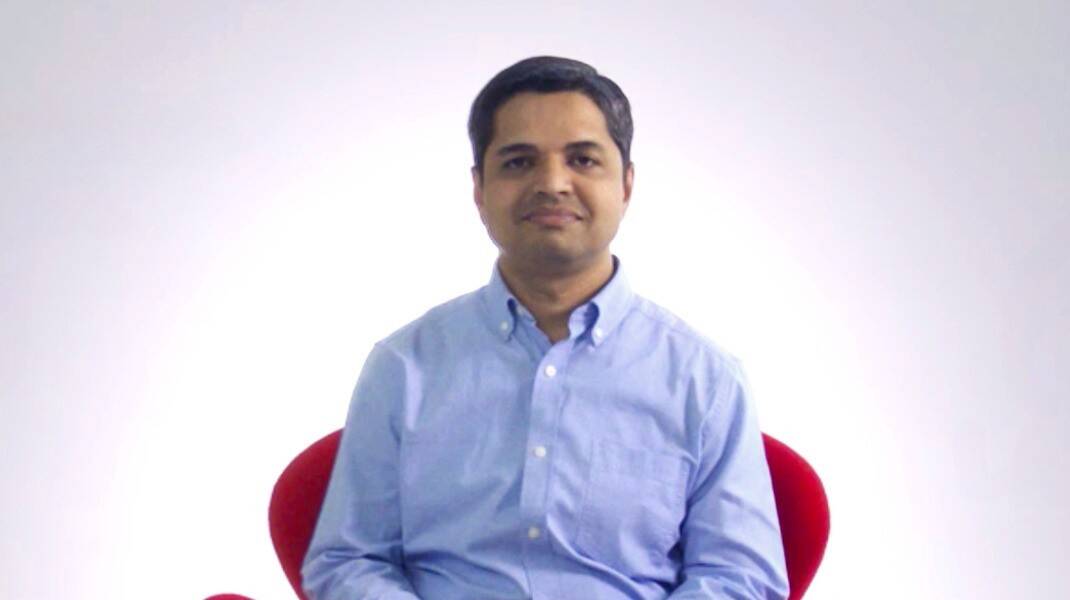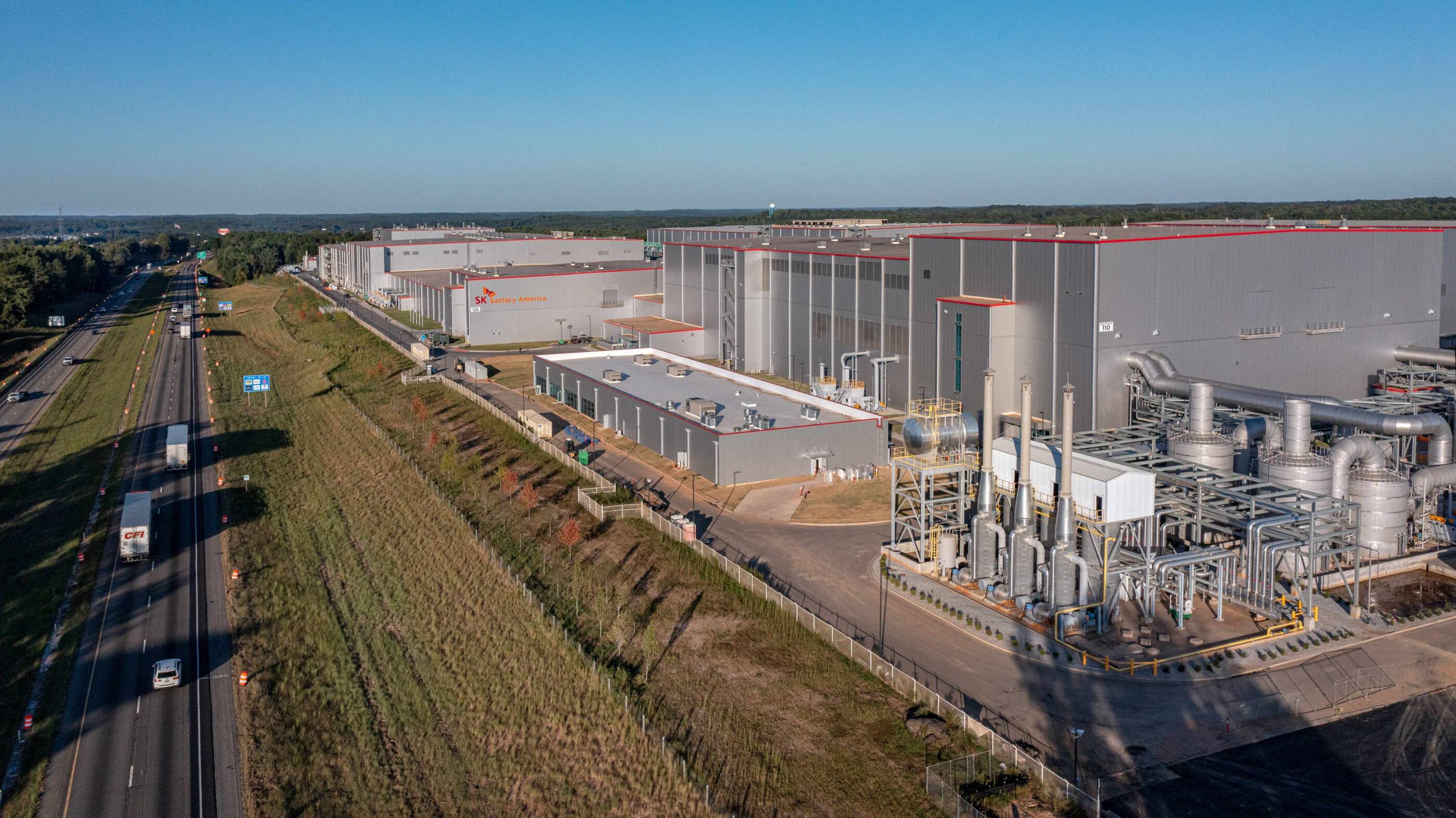Lithium
ExxonMobil has a long history of developing innovative products for the auto industry – from fuels to lubes to advanced plastics. Now we’re adding a new one: lithium.
What is lithium? It's a key component of electric vehicle batteries. To meet projected growth in EVs, the world will need a lot more lithium. ExxonMobil plans to become a leading supplier of lithium, using a modern process that has significantly less environmental impact than traditional mining.
We also have a deep connection to battery technology: Our own Dr. M. Stanley Whittingham led the research that resulted in the world’s first lithium-ion battery. In 2019, he won a Nobel Prize for his work. Read about the battery that changed the world.
Lithium is the latest example of how we’re helping automakers meet the world’s evolving transportation needs while also working to reduce emissions.
Latest news
5 min read
• Nov. 17, 20252 min read
• Aug. 12, 20252 min read
• Aug. 1, 20253 min read
• May 8, 20252 min read
• Jan. 29, 2025We don’t often get to meet our heroes in person, but our very own Patrick Howarth did.
Patrick leads our new lithium business – and he recently met Dr. Stanley Whittingham, whose groundbreaking research in an ExxonMobil lab in the 1970s earned him a Nobel Prize in Chemistry. That research also paved the way for the lithium-ion batteries that power today’s electric vehicles and portable electronics.
Why it matters
-
Critical shift
EVs can play a key role in reducing emissions in transportation, which today accounts for nearly one-quarter of global energy-related CO2 emissions. -
New supply source
Today, most of the world’s lithium is produced in Western Australia, South America and China. We plan to produce lithium in North America. -
In demand
EVs rely on lithium for their rechargeable batteries. Lithium demand is expected to quadruple by 2030. -
Competitive edge
We’ll tap lithium-rich brines deep underground, using processes similar to those we use in our existing production and refining businesses.
90%
2/3 less
1 million
Our lithium will strengthen supply security for the companies investing in EV and battery manufacturing facilities in North America.
The product will be branded as Mobil™ Lithium, building on the rich history of deep technical partnership between Mobil and the automotive industry.
A three-step process
- We’ll extract lithium-rich brine from rock formations deep underground (~10,000 feet). Brine is salty water unsuitable for drinking or agriculture.
- Above ground, we’ll use a process called Direct Lithium Extraction (DLE) to extract lithium from the brine quickly and efficiently.
- We’ll pump the leftover brine back underground, into the same reservoirs it came from.
This safe process is similar to many of the technologies we use today in our existing businesses.
Explore more

Got 2 minutes? See how we’re turning brine into battery-grade lithium
2 min read
• Jan. 29, 2025
LG Chem and ExxonMobil sign MOU for lithium offtake
4 min read
• Nov. 20, 2024
Expert spotlight: Stephanie Lollar - a “landman” pivots to lithium
3 min read
• July 12, 2024
ExxonMobil and EV battery maker SK On sign MOU regarding U.S. produced Mobil™ Lithium
2 min read
• June 25, 2024
Charging into the lithium business
3 min read
• May 28, 2024
In Arkansas, our community ties are blossoming
2 min read
• May 23, 2024



